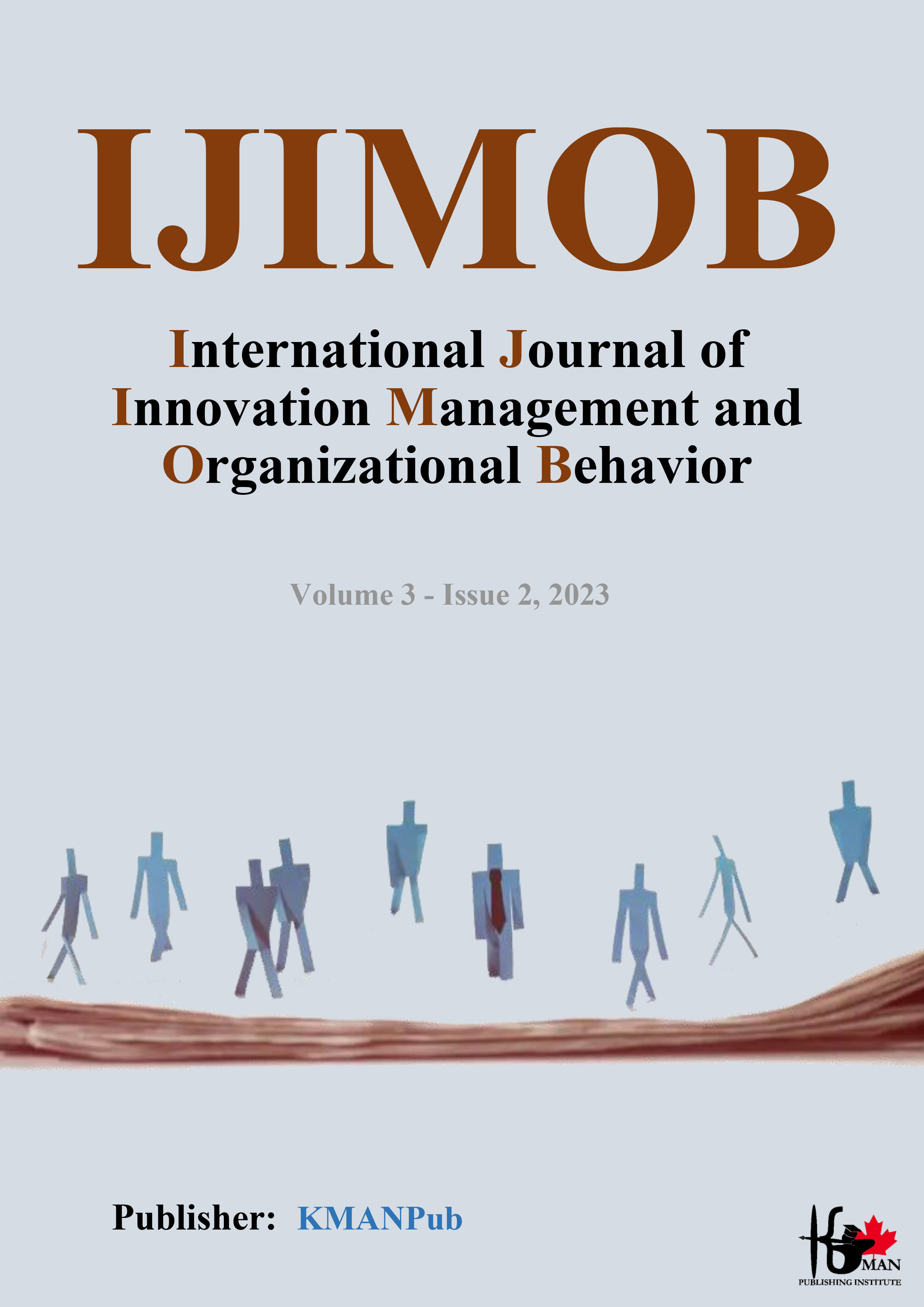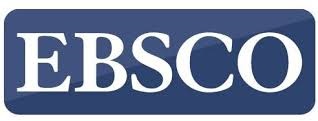Presenting a Model for Enhancing Psychological Well-being and Reducing Stress among Mine Workers in the Workplace
Abstract
Objective: The purpose of the current research was to present a model for enhancing the level of psychological well-being and reducing the stress of mine workers in the workplace.
Methodology: This study, in terms of its objectives, falls under developmental research and, in terms of methodology for gathering findings, employs a qualitative approach with a research synthesis method based on the six-stage model of Roberts (2009). The research population includes all relevant, credible scientific articles within the time frame (2000-2023) that are registered in both domestic and international specialized and scientific databases. After several stages of screening with criteria for reviewing titles, abstracts, content, and research quality along with the Critical Appraisal Skills Programme (CASP) standards, 25 sources were purposively selected. Data were coded and analyzed through a researcher-made checklist form and thematic analysis method in the MAXQDA software environment. The validation of the research findings was assessed through four criteria by Lincoln and Guba (1985), researcher reflexivity, and agreement between two coders.
Findings: Based on the research findings, 287 basic themes as indicators and 22 organizing themes as components of the model, and 4 overarching themes including; psychosocial factors, organizational factors, individual factors, and job-related factors were identified as dimensions of the model for improving the level of psychological well-being and reducing stress among mine workers in the workplace.
Conclusions: Considering the findings of the research, it is recommended that stakeholders of mining companies pay attention to the identified themes of this study to improve the mental health of mine workers.
Downloads
Downloads
Additional Files
Published
Issue
Section
License
Copyright (c) 2023 Esmaeel Rostamzadeh Ganji (Corresponding Author); Vida Nemat (Author)

This work is licensed under a Creative Commons Attribution-NonCommercial 4.0 International License.
















